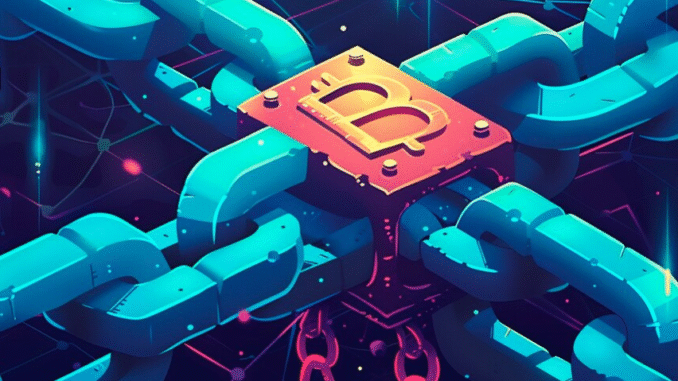
Blockchain technology is the foundation of cryptocurrency, powering everything from Bitcoin to decentralized apps (DApps). But how does it really work?
At its core, a blockchain is a distributed digital ledger that records transactions across a network of computers. These records, called “blocks,” are linked together in a chain, hence the name “blockchain.”
🔗 Key Components of Blockchain

- Blocks – Each block contains a list of transactions, a timestamp, and a unique code called a hash.
- Hash – A cryptographic fingerprint that makes each block unique and tamper-proof.
- Nodes – These are the computers in the network that validate and store copies of the blockchain.
- Consensus Mechanisms – Systems like Proof of Work or Proof of Stake ensure that all nodes agree on the data.
Once a transaction is confirmed, it’s added to a block. That block is then added to the chain in a way that cannot be changed or deleted—making blockchain highly secure and transparent.
🛡️ Why Blockchain Matters
- ✅ Decentralized – No single authority controls the data.
- ✅ Transparent – Anyone can verify transactions.
- ✅ Immutable – Data can’t be altered without network consensus.
- ✅ Efficient – Reduces the need for middlemen in finance, logistics, and even voting.
🚀 Real-World Use Cases
Blockchain is not just for cryptocurrency. It’s used in supply chain management, digital identity, real estate, healthcare, and smart contracts.
Understanding how blockchain works is the first step to unlocking the power of Web3 and decentralized finance (DeFi).

Leave a Reply